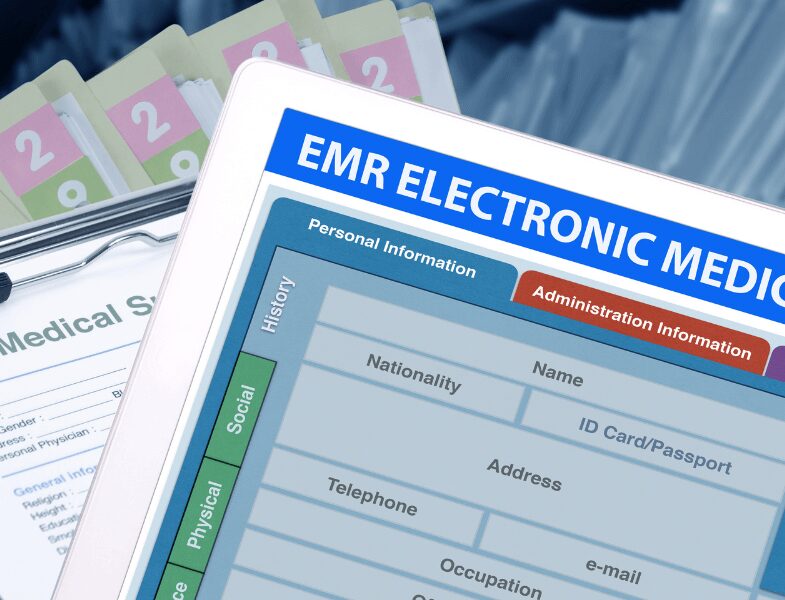Telehealth in 2022 Telehealth has been popular due to its convenience and potential for integrated care. In 2022, research showed that 85% of doctors surveyed reported that telehealth helped provide care in a timely manner [1]. Furthermore, telehealth promotes collaboration when it comes to patient care. For instance, caregivers can receive...
Tag: interoperability
Background AI can apply in many different industries and is often thought of as a way to elevate the way we view technology. In the healthcare industry, AI is expected to improve drug delivery, provide preventive care to patients, remove bias in care, and work with doctors to improve patient outcomes....
Patient Identification Patient identification links a patient’s medical record across various health systems [1]. This provides a complete view of a patient’s record which can be useful in preventing adverse health effects. Oftentimes, patient identification is done by linking different demographic information such as date of birth, name, and address [1]....
Pre-COVID Era Versus COVID Era COVID-19 continues to have long-term effects on the economy and can lead to increased healthcare costs [1]. Inflation & labor shortage will cause the health expenditure to be $370 billion higher by 2027 than the projected costs pre-pandemic [1]. This is definitely alarming and technology needs...
The Importance of Patient Safety One of the top 10 leading causes of death is a result of adverse health effects [1]. Almost half of the adverse events can be prevented, especially with advances in health IT. Patient safety is used to categorize various methods of reducing risks and errors that...
Purpose of Precision Health Precision health focuses on all aspects of disease prevention and treatment. This means that factors outside of a traditional doctor’s office, such as a patient’s lifestyle or environmental factors can also play into the treatment plan [1]. Furthermore, the family health history and current data from personal...
Human-Centered Design (HCD) Human-centered design is the process of creating systems that meet and adjust to functional requirements set by users [1]. The users can range from patients to doctors. This requires lots of communication so that requirements can be voiced and met as needed. Before developers start creating solutions and...
Telemedicine Telemedicine is the use of technology to provide remote health services to patients [1]. These remote services can include diagnoses, treatment, and educational resources that improve overall health. Telemedicine can be provided using smart devices such as computers, phones, and wearables. Ways Telemedicine is Delivered Telemedicine is usually delivered through the use...
Clinical Decision Support Systems CDSS gather, store, and analyze data from various EHR systems. They provide alerts, reminders, and guidelines to doctors so they can make informed decisions backed by evidence [1]. With CDSS, clinicians can provide personalized and preventive patient care that leads to better health outcomes. CDSS are made up...
Cloud Computing in Healthcare Cloud computing is a method of collecting, storing, and monitoring patient data online. It allows flexibility for providers and patients so that remote care services and data storage can be securely and effectively provided [1]. Therefore, it is no surprise that the industry is expected to grow...









